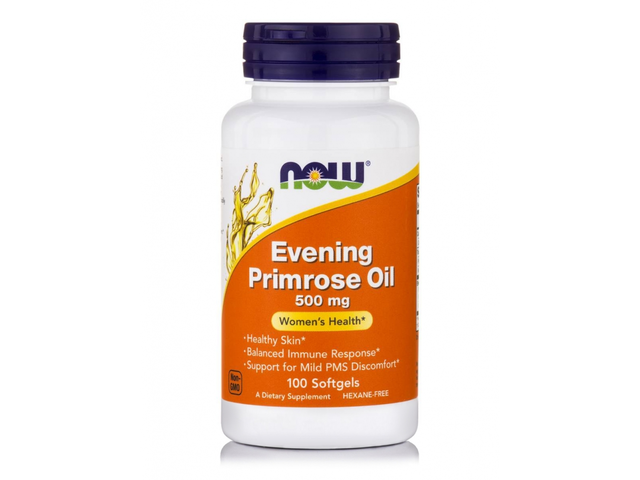Hypertension: Practical Guide to Lowering and Controlling Blood Pressure
High blood pressure sneaks up on people. You can feel fine and still have numbers that raise long-term risk for heart attack, stroke and kidney problems. Knowing your numbers and what to do right now beats worry. This page gives clear, usable steps you can use today to check, lower, and manage blood pressure.
First, the numbers that matter: normal is under 120/80 mmHg. Elevated is 120–129/<80. Stage 1 is 130–139/80–89. Stage 2 is 140/90 or higher. If you’re repeatedly in stage 1 or higher, talk with your clinician about a plan — that could mean lifestyle changes, meds, or both.
Quick medication guide
There are five main drug groups used most often. ACE inhibitors (like benazepril), ARBs (losartan), calcium channel blockers (amlodipine), thiazide diuretics (chlorthalidone, hydrochlorothiazide), and beta‑blockers. Which one is right depends on other health issues — diabetes, kidney disease, heart disease — and side effects. If an ACE inhibitor causes cough, ARBs are a common switch. If you have fluid buildup, diuretics or loop diuretics like furosemide (Lasix) may be used. Always follow your prescriber: don’t stop or swap meds on your own. Track side effects and blood pressure readings so your doctor can adjust dose or change drugs faster.
Also remember drug interactions: some over‑the‑counter cold medicines, herbal supplements, and other prescriptions can raise blood pressure or reduce drug effect. Bring a current medicine list to every visit.
Everyday habits that lower blood pressure
Small changes add up. Cut sodium: aim for under 1,500–2,300 mg per day if you have high blood pressure. Swap processed foods for fresh options, read labels, and use herbs instead of salt. Follow the DASH pattern: more vegetables, fruits, lean protein, whole grains, and low‑fat dairy. Try to get about 3,500–4,700 mg of potassium from food (bananas, potatoes, beans) unless your doctor tells you otherwise.
Move daily: 30 minutes of brisk walking five days a week lowers pressure and helps weight. Aim for 150 minutes of moderate aerobic activity weekly. Limit alcohol (no more than two drinks a day for men, one for women) and quit smoking. Sleep matters: poor sleep and untreated sleep apnea raise blood pressure.
Home monitoring helps you see trends. Use a validated upper‑arm cuff, measure at the same time each day, sit quietly for five minutes first, and record readings. Share those records with your clinician. If your reading is suddenly above 180/120 and you have chest pain, shortness of breath, visual changes, or weakness, seek emergency care right away.
Managing blood pressure is a mix of daily habits, smart medication use, and regular checks. Keep a simple log, ask clear questions at appointments, and focus on one habit change at a time — even a 5–10 lb weight loss or cutting 1,000 mg of sodium daily can move the needle. For drug options and alternatives, check related guides on medications and safe choices to discuss with your doctor.




